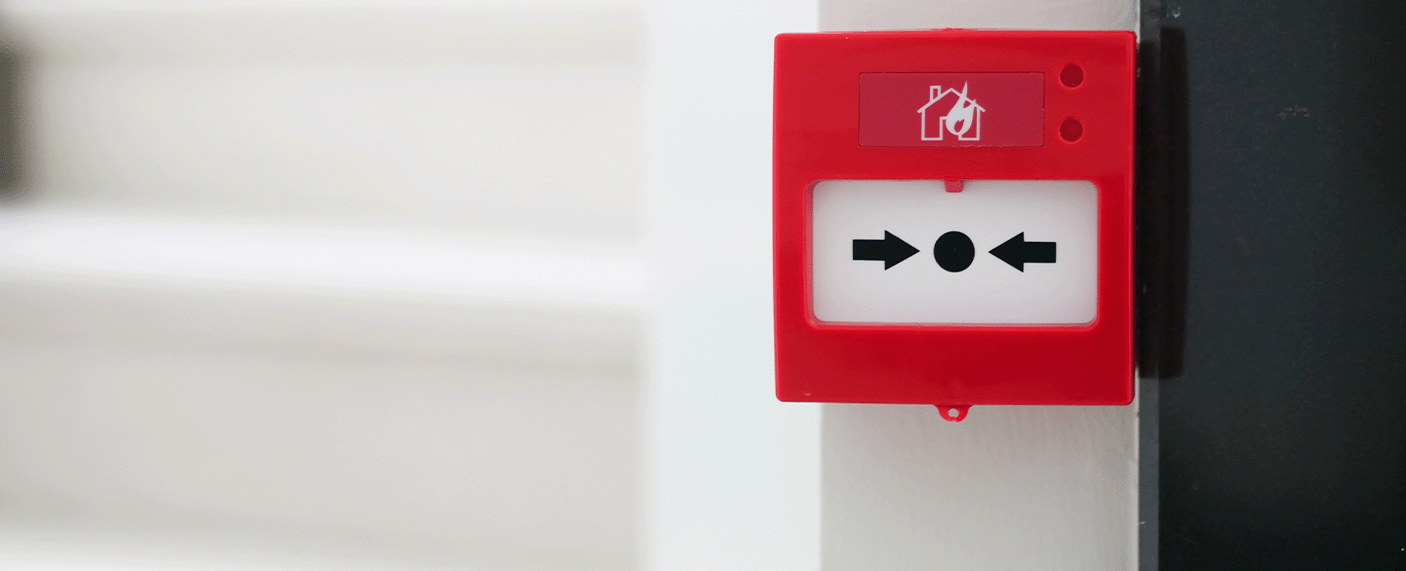Fire alarm testing is a legal requirement and a vital part of protecting lives and property. But in a busy office, residential development, school, or healthcare facility, it can also be a source of frustration if poorly managed. Loud sirens, interrupted meetings, or unexpected alarms can be disruptive, stressful, and in some cases, even undermine trust in a fire safety system.
At Drax360, we believe that building safety should never come at the cost of daily operational flow. With the right planning, technology, and expertise, fire alarm testing can be completed thoroughly and compliantly while causing the least possible disruption.
The Legal and Safety Imperative
The Regulatory Reform (Fire Safety) Order 2005 places a clear responsibility on building owners and operators to ensure that fire detection and alarm systems are kept in “efficient working order.” Although the legislation itself does not prescribe specific testing intervals, the British Standard BS 5839-1:2017 has become the accepted benchmark across the UK.
This standard recommends that a fire alarm system in a commercial or non-domestic building should be tested at least once a week by activating a different manual call point each time. In addition, a thorough inspection by a competent person should be carried out at intervals not exceeding six months. These requirements are not mere box-ticking exercises, but critical safeguards to ensure the system is operational when needed most.
Why Frequent Testing Matters
Frequent testing serves several purposes. Firstly, regular testing ensures that any faults are identified and rectified promptly. Even a small malfunction, such as a single call point not triggering or a sounder not working, can compromise the effectiveness of the entire system in an emergency.
Regular testing also helps to manage and reduce false alarms. Unwanted activations can disrupt operations, cause unnecessary evacuations, and even lead to complacency among occupants. By testing consistently, potential problem areas such as dust ingress in detectors or environmental factors triggering sensors can be spotted early, and addressed before they cause unnecessary disturbance.
Finally, regular testing is the backbone of compliance. Insurers, auditors, and enforcement officers alike will look for evidence of routine checks in a building’s fire logbook. For building managers, that log is not only a legal safeguard, but proof of a responsible safety culture.

Strategies for Minimising Disruption During Testing
Intelligent Scheduling
At Drax360, we schedule testing during low-occupancy periods – early mornings, late afternoons, or mid-mornings for residential properties – to avoid peak activity.
Clear Communication
Occupants are informed well in advance via email alerts, notices, or building communication systems, ensuring everyone knows what to expect.
Zone-by-Zone Testing
In larger buildings, we use phased testing to limit the area affected at any one time, avoiding unnecessary disturbance.
Advanced Technology
Where systems allow, we employ silent or reduced-volume testing modes, ensuring compliance without the need for full alarm sounder activation in every instance.
The Role of Technology in Smarter Testing
Modern fire alarm systems offer features that make testing more efficient and less intrusive:
- Remote monitoring for real-time system health updates
- Cloud-based reporting for full audit trails
- Data-driven fault analysis to identify recurring issues
- Integration with building management systems to coordinate responses
Drax360 works closely with our sister company Drax Technology to provide these technology-led solutions, enabling faster fault resolution and streamlined testing processes.
Building a Comprehensive Testing Plan
A well-structured plan is the foundation of disruption-free testing. This includes:
- Site-specific risk assessments to tailor schedules and procedures
- Detailed test logs for compliance records and audits
- Staff training to ensure safe, efficient testing
- Continuous improvement through post-test feedback
How Drax360 Delivers Fire Alarm Testing with Minimal Disruption
Planned Preventative Maintenance (PPM)
We provide routine testing and servicing in line with BS 5839, ensuring your systems remain compliant and reliable.
Technology-Enabled Management
Through our sister company Drax Technology, our cloud-based platforms provide instant access to maintenance records, fault reports, and performance trends – supporting compliance and transparency.
Competent, Accredited Engineers
All testing is carried out by trained professionals, with NSI accreditation for quality assurance.
False Alarm Reduction
Using data insights, we help clients identify and resolve nuisance alarm triggers, improving safety and reducing unnecessary evacuations.
Keeping Safety and Continuity in Balance
Fire alarm testing is essential for safety, compliance, and peace of mind. While it can be disruptive if handled poorly, the right approach ensures that it becomes a seamless part of building management.
With careful scheduling, effective communication, phased testing, and the latest technology, Drax360 helps building owners and managers carry out thorough, compliant fire alarm tests with minimal inconvenience to occupants. In doing so, we keep buildings safe, compliant, and operational — exactly as they should be.
If you’d like to find out how Drax360 can help you create a low-disruption fire alarm testing programme tailored to your site, get in touch with our team today.





